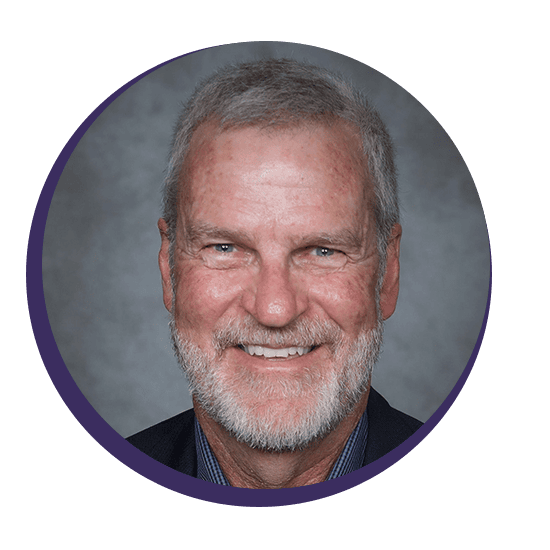An excerpt from the 2024 Family Medicine Update Oct. 23 – 25.

The History and Impact of the Opioid Crisis
Opioid Use Disorder (OUD) is contributing to a historic drop in life expectancy in the United States. Despite widespread awareness, managing OUD is challenging due to its complex origins and the need for effective, long-term treatment. Opioids, originally used to manage pain, are highly addictive and can quickly lead to physical and psychological dependency. Family physicians play a crucial role in both recognizing and managing OUD, offering first-line treatment options, ongoing support and guidance.
Opioids are powerful pain relievers pulled from the poppy plant and have been used medicinally for thousands of years. Opium, a natural opioid, was originally used for calming purposes but eventually landed in pain management. Unfortunately, opioids can become highly addictive, even after a brief prescription. In Arkansas alone, opioid overdose deaths increased by more than 100% between 2018 and 2022.
The Science of Opioid Addiction
Opioids affect the brain in two ways.
First, opioids stimulate dopamine release, a chemical that triggers feelings of pleasure. This strengthens the brain’s reward system, urging people to repeat the feeling. Second, opioids also act on the brain’s opioid receptors, typically activated by natural endorphins. These endorphins manage pain, stress and motivation. When opioids flood these receptors, they create a sense of euphoria far more intense than the body’s natural response. This feeling can lead to dependency where the body needs opioids to function normally. Those with mental health conditions or a history of trauma are more likely to misuse because opioids deliver a powerful, temporary relief from chronic stress or anxiety.
Dr. Teater described the effect as the “Dorothy reaction” when Dorothy felt relief after walking through the poppy fields in The Wizard of Oz. Opioids provide an almost magical escape for those struggling with past trauma or current mental health issues, allowing them to feel normal and hopeful. This leads to a strong attachment, and without intervention, addiction begins.

Because of this two-pronged effect, Dr. Teater said, “Opioid use disorder is the hardest addiction to treat successfully without medication but the easiest to treat with medication.”
Medications
Buprenorphine, which any provider can prescribe who is licensed to write prescriptions for controlled substances, activates opioid receptors without producing a strong high. Methadone acts similarly but is mostly reserved for patients needing a controlled environment due to its potency. Both medications have a high success rate. Patients on buprenorphine are 50% less likely to die from overdose compared to those who attempt recovery without medication.Retention rates in treatment programs that use buprenorphine are as high as 60%, much better than an abstinence-based approach where relapse rates exceed 80%.
Despite buprenorphine’s benefits, only 1 in 10 people with OUD receive MOUD (Medications for Opioid Use Disorder). A common complaint is that MOUD substitutes one addiction for another, but this is a misinterpretation of how buprenorphine works. Patients on buprenorphine do not experience the highs and lows of addiction; they achieve stability and functionality.
Dr. Teater said to begin patients with a low dose. Patients can begin treatment while still using opioids, avoiding withdrawal symptoms and easing the transition to recovery.
Behavioral Therapy and its Role in Recovery
Combining MOUD with behavioral health services tackles the psychological aspect of addiction, helping patients identify triggers and develop coping mechanisms. Integrated care, where behavioral and medical services are located under the same roof, improve patient retention and satisfaction. Patients in integrated health settings are 30% more likely to remain in treatment after six months. But while behavioral health is encouraged, it should not be mandated. Buprenorphine alone can often help stabilize the patient and maintain recovery.
Special Considerations for Opioid Prescribing
Primary care providers are often the first to prescribe opioids for pain, so it’s important they know that even short-term prescriptions (even a one-day prescription) can carry a risk of dependency. He noted that tramadol, often thought to be a safer alternative, is especially risky because of its dual effect on pain receptors and serotonin levels. Dr. Teater said prescribers should consider alternative pain management strategies such as non-opioid pain medications, physical therapy and behavioral approaches.
